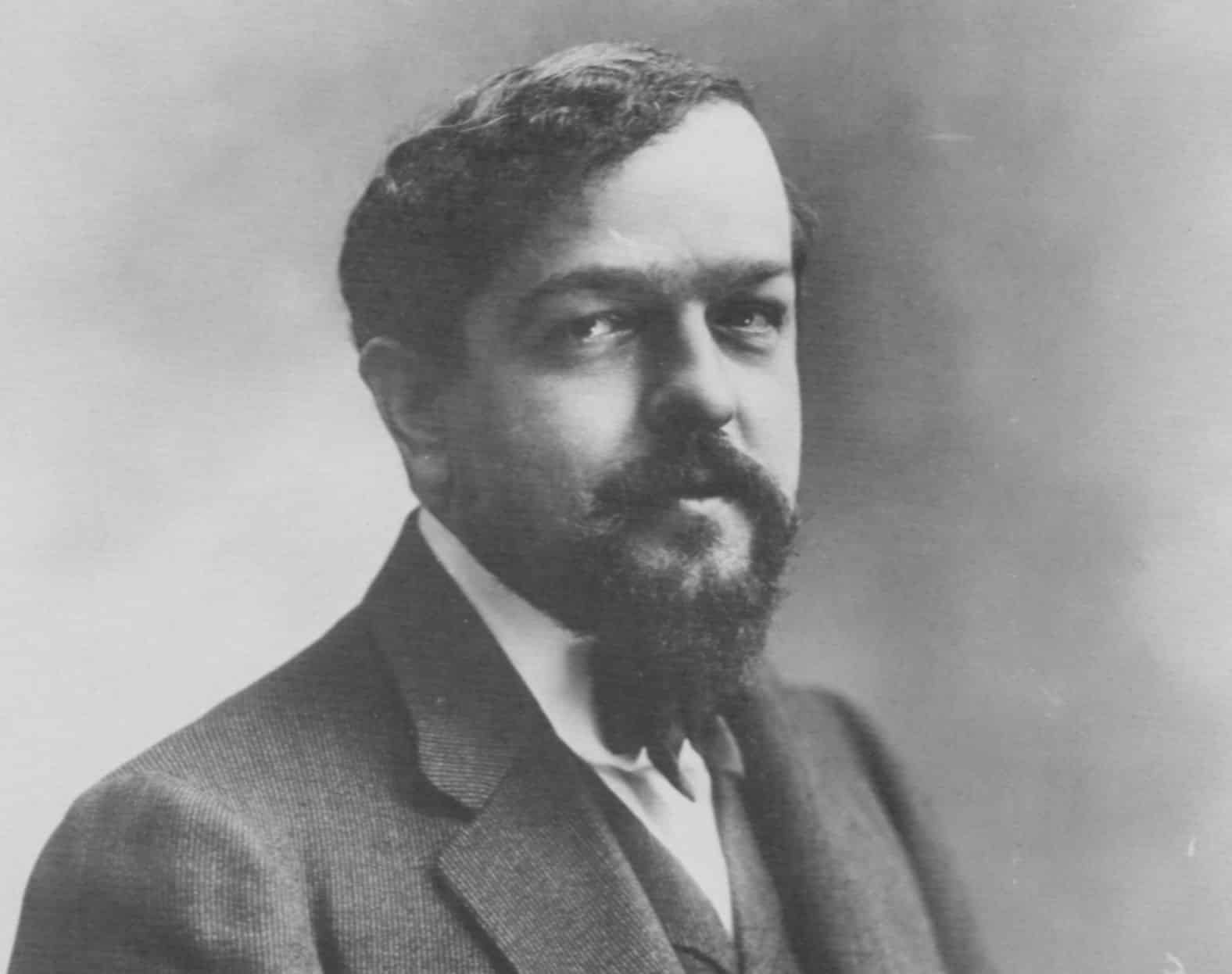One of the most celebrated and influential works of French impressionist music, Prélude à l’après-midi d’un faune (Prelude to the Afternoon of a Faun) by Claude Debussy marks a turning point in the history of Western classical music. Premiered in 1894, this composition is often regarded as a seminal piece that heralded the beginning of modern music in the 20th century.
Inspiration: Mallarmé’s Symbolist Poetry
The Prélude was inspired by the poem L’Après-midi d’un faune (1876) by Stéphane Mallarmé, one of the leading figures of the Symbolist literary movement. The poem portrays a dreamy monologue by a faun—a mythological creature, half-man and half-goat—who recalls sensual encounters with forest nymphs during a languid summer afternoon. The line between reality and fantasy blurs as the faun reflects on whether the experiences were real or imagined.
Debussy was fascinated by Mallarmé’s work and sought to create a musical equivalent of its suggestive, ethereal quality. Instead of illustrating the poem literally, Debussy used music to evoke its atmosphere, mystery, and sensuality.
The Composition Process
Debussy began working on the piece in 1892 and completed it in 1894. Originally intended as part of a triptych—Prélude, Interlude, and Paraphrase finale—Debussy ultimately decided to publish only the prelude. Despite—or perhaps because of—its brevity and standalone nature, the Prélude encapsulates a complete and unique sonic world.
Scored for a relatively small orchestra, the piece opens with one of the most famous solos in classical music: a sinuous, chromatic flute melody that immediately sets the dreamlike tone. The harmonic language was revolutionary at the time, moving away from traditional tonal progressions and creating lush, floating sonorities that would deeply influence later composers like Ravel, Stravinsky, and even jazz musicians.
Premiere and Reception
The world premiere of the piece took place on December 22, 1894, at the Société Nationale de Musique in Paris, under the baton of Gustave Doret. Mallarmé himself attended the performance and expressed admiration for Debussy’s work, noting that it brought new life and color to his poem.
Critics and audiences alike were captivated by the composition’s evocative power. It was immediately recognized as a departure from the grandiose style of Romanticism and a bold step toward a new aesthetic based on color, nuance, and suggestion rather than overt drama.
Legacy and Influence
Prélude à l’après-midi d’un faune has had an enduring impact on music and the arts. Its fluid structure and harmonic innovation paved the way for musical Impressionism and influenced a wide array of composers in France and beyond.
In 1912, the work was famously adapted into a ballet by Vaslav Nijinsky for the Ballets Russes, choreographed to Debussy’s music. The performance was controversial for its provocative content but is now considered a landmark in the history of modern dance.
Over a century later, Debussy’s Prélude remains a staple of the orchestral repertoire and a profound example of how music can transcend words to create an entirely new realm of poetic expression.
Conclusion
Claude Debussy’s Prélude à l’après-midi d’un faune is more than just a composition—it is a musical poem that redefined the possibilities of sound and atmosphere in classical music. Rooted in Symbolist poetry yet entirely original in conception, this piece continues to enchant listeners with its timeless elegance and visionary beauty.


No responses yet